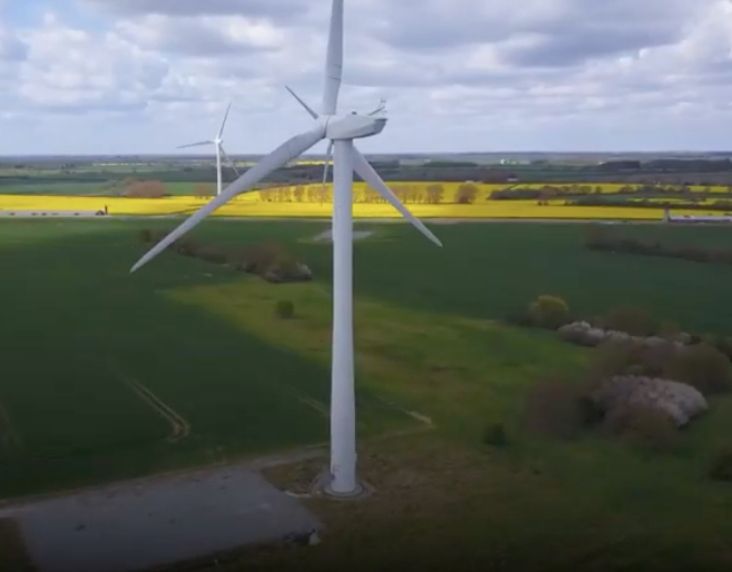With the rapid advancement in technology, we are observing a major change in how processes are executed as organizations are focused on riding the digital wave. Contact centres are also embracing this trend, with significant advancements occurring in the execution of essential processes such as hiring and recruitment, transitioning, training, workforce management, and quality assurance.
In this blog post, we will focus on one such critical aspect – transition. Transition serves as the foundation for commencing the operational journey, and the effectiveness of operations hinges on a well-executed transition. Advancement in Transition approach and execution is required to transform the way processes and technology are migrated from current state to future state.
Need for Technology Intervention in Transition
Historically, transition has been a complex, subjective, and time-consuming process. Often involving manual baselining and extensive creation of documentation to capture & detail various aspects of the processes being transitioned. This documentation plays a vital role in documenting every facet of the transition. It encompasses comprehensive details about the existing processes, workflows, procedures, and protocols.
While comprehensive documentation is the key, it also requires significant time and effort to create and maintain this documentation. This blog will help uncover how using the right technology, we can completely transform the documentation creation process which is at core of all Transition projects. And how introducing the right technology at the beginning of transition can completely innovate and transform the operating model.
TechM’s Seamless Transition Approach Powered by Task Mining
| Historical Transition Approach | Migrate Process, People |
| New-Age Transition | Migrate Technology, Solutions, Innovations |
While traditionally, there was a lot of dependency on manual documentation, identifying bottlenecks and decision making based on observation and experience. Task mining led transition approach takes the historical approach head-on. Its more agile and data/technology-driven and helps in identifying transformation opportunities right at the start of the project and align project goals and success criteria accordingly.
The Way It Operates
- Data Collection - Task mining non-intrusive sensor is employed to capture how the tasks are performed. Data collection occurs autonomously without the need for human intervention.
- Process Discovery – Process models for identified and approved processes are generated using advanced neural network and AI algorithms. Also, ensuring right interfacing of task mining with client IT environment and systems. This entails recognizing variances in task execution, along with pinpointing bottlenecks and deviations from established procedures.
- Data-Driven Insights - Equipped with robust and reliable data, organizations acquire a comprehensive grasp of their operations, enabling them to detect inefficiencies, compliance issues, and opportunities for automation or optimization right at the start of the project.
Ways in which task mining can aid and the advantages it offers:
- Outcome based and data driven
- Reduction in overall transition timelines
- Error-free process documentation
- Transformation focused, saves the effort for prolonged due diligence
- Scalable and cost-effective
Transition Success Story Driven by Task Mining
Utilizing this new-age Transition methodology, TechM has recently concluded transition of back-office processes for a large UK based telco.
The deadlines were tight, and around 150 processes required documentation. Had we opted for the conventional transition approach, our estimates suggest that it would have taken a minimum of 16-20 weeks to complete the extensive documentation process. It contributed to the perception that transitions are prolonged and cumbersome, as it requires significant time and effort to create, review, and uphold this documentation.
we immediately introduced task mining to the rescue. By starting from the ground up, collecting key stroke level data, workflows, and a swifter decision-making process we were able to generate first output within the first 48 hrs. Within a span of 8 weeks the project was delivered with 100% documentation completion. What was truly remarkable was that we had multiple transformation opportunities at our disposal even before the project had officially begun.
Glimpse of the results –
- Automated process captures with zero-touch approach
- The automation potential was as high as 60% in some of the processes
- 25% Efficiencies overall under Automation, Standardization and Training
- Overall, projected savings of 16000 hrs/annum
Conclusion
This evolution towards a task mining led transition approach signifies a commitment to stay agile, competitive and productive in an ever-evolving business environment. Embracing this approach is a necessity for organizations and Leaders who seek to thrive and succeed in the digital age. It’s a catalyst, for a new era of operations excellence.
About the Author
Amit Bhalla,
Principal Consultant, Digital and Business Transformation
PMP Certified Professional with 14+ years of expertise in customer life-cycle management through customer experience strategies, project management, consulting, operations excellence, service delivery, vendor management, and process re-engineering. Currently working with TechM BPS as business consultant and responsible to define transformation strategy, solutions, and value proposition for telecom vertical. Also responsible for driving automation / RPA capabilities and presales activities.





